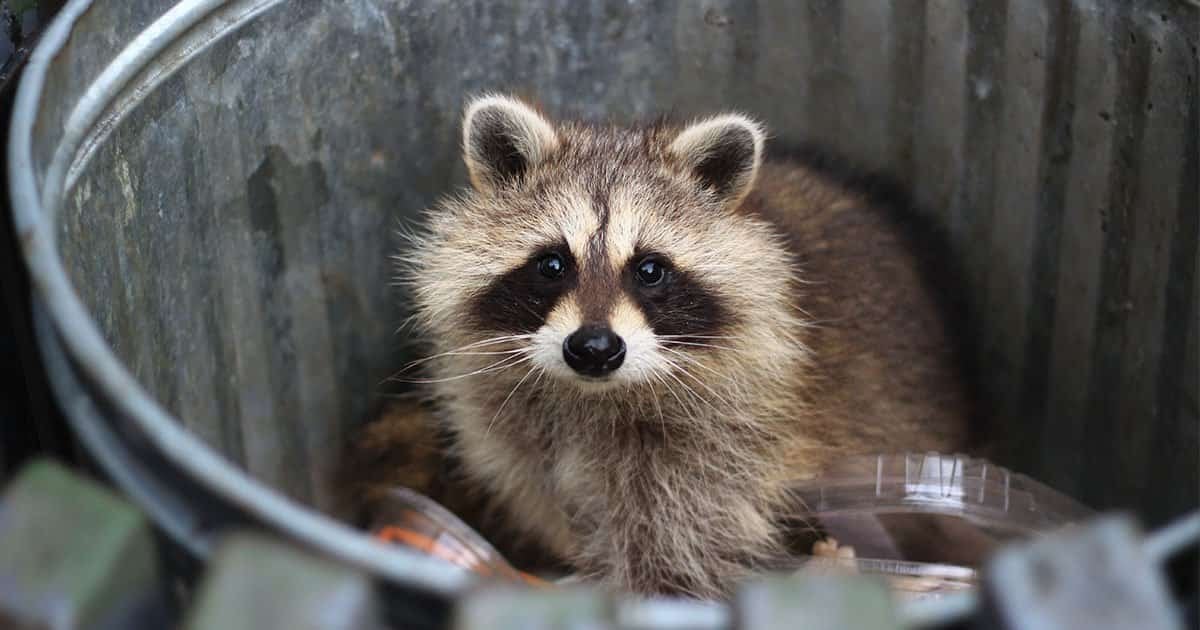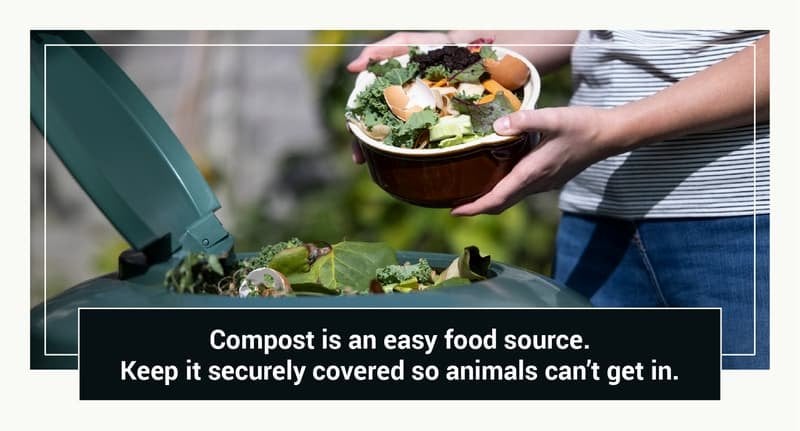How to attract good wildlife to your property
Although unwanted wildlife can be a nuisance, there are animals that can help your home and garden flourish.
Entice bees and butterflies with your garden
Pollinators like bees and butterflies are essential for flowering plants and agriculture, because they facilitate the natural process of fertilization. And, they need protection from chemical or natural pesticides because their population health is already in decline.
Tip: To attract pollinators, plant a diverse array of colored flowers and herbs. Bees are particularly drawn to blues, yellows and whites, and butterflies like reds, yellows and purples. Think about sunflowers, coneflowers, bee balm, zinnias and asters for your yard or garden.
Maintain the natural order with birds
While birds can be pesky if they get to ripe fruit before you, they do have some vital functions in the natural world. Birds are important to plant life because they help pollinate and scatter seeds.
They represent a crucial level in the food chain as both predator and prey and are a key species in sustaining entire ecosystems.
Tip: Vibrant, warm colors like red, orange and white attract birds. Additionally, bird feeders add extra appeal as an easily accessible food source.
Cultivate your own worms
Earthworms are a productive component of healthy soil. They aerate the soil and improve its water drainage. Worms’ abilities to aid decomposition also quickly turn compost into nutrient-rich fertilizer.
Tip: Create a good environment for worms by keeping soil moist and filled with organic matter. Worms also prefer a pH above 4.5 (add garden limestone to raise the soil’s pH and make it less acidic). Use soil strips to test its pH or try this at-home chemistry experiment.
The resurgence of wildlife during the pandemic is great for the environment. However, more wildlife around may mean damage to your garden – or even a rogue raccoon in your home! If you’re experiencing run-ins with wildlife, know that damage by larger animals like raccoons and deer is generally covered by your home insurance policy. Damage from squirrels and other small rodents is usually not covered.
It’s okay to not fully be one with nature and want to set boundaries for yourself and your home. Protect your property from animal damage by taking some of the preventative measures outlined in this post. In doing so, remember that we do share this earth with other living beings, and we should be mindful of the effects our actions have on their home as well.









